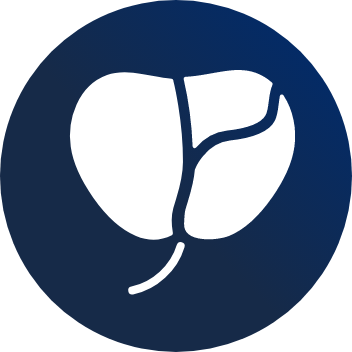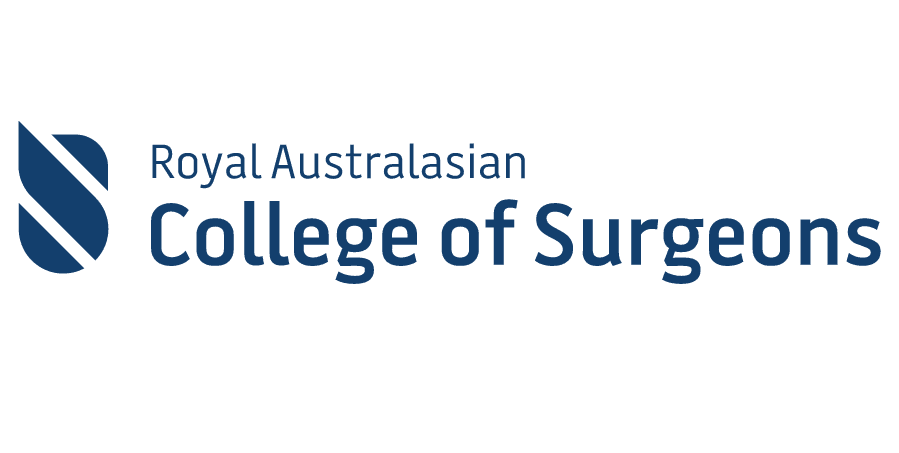Urodynamics Study
What is a Urodynamics Study?
Urodynamics study, also known as urodynamic testing, is a series of tests that evaluate how well the bladder, sphincters, and urethra store and release urine. These tests help diagnose problems with the lower urinary tract. They can provide valuable insights into conditions such as urinary incontinence, overactive bladder, urinary retention, and certain neurological conditions affecting the bladder.
Purpose of Urodynamics Study
- Assessment of Bladder Function: Determines how well the bladder stores and empties urine in the presence of prostate enlargement.
- Identification of Bladder Outlet Obstruction: Helps differentiate between bladder dysfunction caused by prostate enlargement and other urinary tract issues.
- Evaluation of Detrusor Function: This test assesses the strength and coordination of the bladder muscle (detrusor) during filling and emptying.
- Assessment of Residual Urine: Measures the amount of urine left in the bladder after urination, which can indicate incomplete bladder emptying due to obstruction.
Who is Suitable for Urodynamics Study?
- Persistent or Severe Symptoms: Men with persistent or severe urinary symptoms despite conservative management (such as lifestyle modifications or medication) may benefit from urodynamic testing to better understand the underlying bladder dysfunction.
- Failure of Medical Therapy: If medications prescribed for BPH fail to alleviate symptoms or the diagnosis is uncertain, urodynamics can provide additional information to guide treatment decisions.
- Preoperative Assessment: Before considering surgical interventions for BPH, such as transurethral resection of the prostate (TURP) or laser prostatectomy, urodynamic testing may be recommended to assess bladder function and predict postoperative outcomes.
- Complex Cases: Men with complex urinary symptoms or those with concurrent neurological conditions affecting bladder function may undergo urodynamic testing to better understand the underlying pathology and guide treatment planning.
Components of Urodynamics Study
The principal investigations are:
| Investigation | Symptoms | Possible diagnosis |
|---|---|---|
| Uroflow | Frequency, nocturia, poor flow | Bladder outlet obstruction |
| Pressure flow | Frequency, nocturia, poor flow | Bladder outlet obstruction |
| Cystometry | Frequency, urgency | Detrusor instability |
| Urethral closure pressure | Incontinence | Genuine stress incontinence |
| Ambulatory urodynamics | Frequency urgency pointing to unstable bladder but not shown on static urodynamics | Detrusor instability, Genuine stress incontinence |
Benefits of Urodynamics Study
- Accurate Diagnosis: Helps differentiate between bladder dysfunction caused by enlarged prostate (BPH) and other urinary tract issues, leading to a more accurate diagnosis and targeted treatment.
- Treatment Guidance: Guides treatment decisions by providing insights into the underlying bladder dysfunction, allowing healthcare providers to tailor therapies (such as medications, minimally invasive procedures, or surgery) to individual patient needs.
- Preoperative Assessment: Assesses bladder function before surgical interventions for BPH, such as laser prostatectomy (HoLEP), to optimise surgical planning and predict postoperative outcomes.
- Risk Assessment: Helps identify patients at risk of complications, such as urinary retention or recurrent urinary tract infections, allowing for proactive management and prevention strategies.
- Monitoring Progress: Enables monitoring of treatment effectiveness over time and adjusting management strategies as needed to optimise symptom control and improve quality of life.
Types of Urodynamics Study
- Pressure Flow Study (Cystometrogram with Pressure-Flow Study): Measures bladder pressure and urine flow rate during voiding to assess bladder outlet obstruction (BOO) caused by an enlarged prostate. This test helps determine the severity of obstruction and may influence treatment decisions, such as surgical intervention.
- Video Urodynamics combines conventional urodynamic testing with fluoroscopy or ultrasound imaging to visualise bladder and urethral anatomy in real-time. This allows for a more comprehensive assessment of bladder function and detects abnormalities that may not be apparent on conventional testing alone.
- Ambulatory Urodynamics: Wear portable urodynamic equipment that continuously monitors bladder and urinary function over an extended period, typically 24 to 72 hours. This test provides valuable information about bladder activity during daily activities and sleep, helping to identify patterns of bladder dysfunction and assess treatment efficacy in real-life situations.
Preparation for Urodynamics Study
- Inform Your Doctor: Share any medications, allergies, or medical conditions with your healthcare provider.
- Avoid Caffeine: It can affect bladder function, so it's often advised to avoid caffeine-containing beverages before the test.
- Bladder Diary: Your doctor may ask you to keep a diary recording your fluid intake, urination frequency, and episodes of urinary leakage for a few days before the test.
- Empty Bladder: You may be asked to arrive with a full bladder to start the test.
Urodynamics Study Procedure
- Placement of Catheters: Thin tubes (catheters) are inserted into the bladder and, in some cases, the rectum or vagina.
- Filling Phase: The bladder slowly fills with sterile fluid, and pressure and volume are measured.
- Storage Phase: To test bladder function, the patient may be asked to cough, bear down, or perform other manoeuvres.
- Voiding Phase: The patient is asked to urinate while measurements are taken to assess bladder emptying.
- Post-Void Residual Measurement: Measures the amount of urine left in the bladder after urination.
- Removal of Catheters: The catheters are removed once the test is complete.
What to Expect After a Urodynamics Study?
- Resume Normal Activities: Most people can resume normal activities immediately after the test.
- Fluid Intake: Drink plenty of fluids to help flush out any remaining sterile fluid from the bladder.
- Symptom Reporting: Inform your doctor if you experience any unusual symptoms, such as fever, severe pain, or signs of infection.
Interpreting Results of a Urodynamics Study
- Pressure Measurements: Assess bladder pressure during the filling and emptying phases.
- Flow Rates: Evaluate urine flow rates and patterns during urination.
- Post-Void Residual: Determines if the bladder is emptying properly after urination.
- Electromyography (EMG): Assesses muscle and nerve activity in the bladder and sphincter.
What if Abnormalities are Detected?
A Urodynamic Study accurately detects most abnormalities. Depending on the diagnosis, the recommended treatment may include certain drugs, special pelvic floor exercises, physiotherapy, or possible surgery.
How Often is a Urodynamic Study Necessary?
In most cases, a single visit is all that is required. With the extremely accurate diagnosis and recommended treatment, most people should find that their problems are markedly improved if not solved.
Urodynamics Study Risks and Complications
- Discomfort: Some discomfort or mild pain may occur during catheter insertion or bladder filling.
- Urinary Tract Infection (UTI): Due to catheterisation, there is a slight risk of developing a UTI after the procedure.
- Bleeding: In rare cases, minor bleeding may occur at the catheter insertion site.
- Allergic Reaction: Some people may be allergic to the catheter materials or the fluids used during the test.
What if a Urodynamics Study is Delayed?
If a urodynamics study is delayed, the underlying bladder dysfunction and associated urinary symptoms may persist or worsen. Delaying diagnosis and treatment can lead to a diminished quality of life and an increased risk of complications.
It's essential for individuals experiencing bothersome urinary symptoms related to an enlarged prostate to seek timely evaluation and management from a healthcare provider.
While delays in testing may occur due to various reasons, such as scheduling constraints or logistical issues, efforts should be made to prioritise and expedite diagnostic procedures when clinically indicated.








